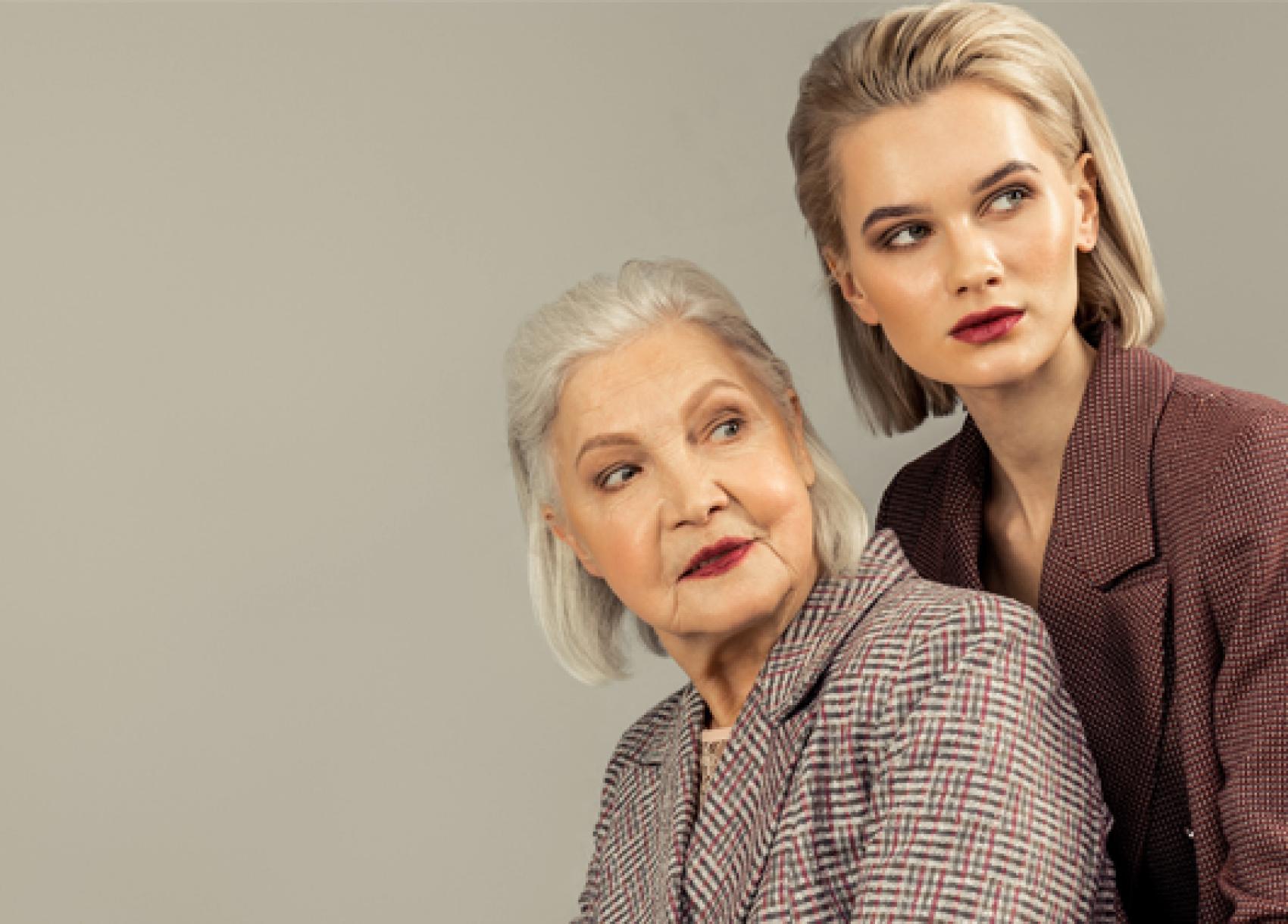The fashion industry’s obsessed about millennials. If you look at the entire fashion landscape, most products, merchandising and advertising are geared towards these Gen-Y consumers. While the millennials are an important market segment for fashion, there seems to be some sort of confusion between influencers and decision-makers. Millennials are mostly influencers; there is no doubt about it. With their online presence - 90.4% of social media users are millennials - and their heavy dependence on virtual word of mouth in terms of forums and online reviews, they have the power to sway public opinion simply just by posting and sharing.
While these youngsters are persuasive and represent the majority of the global workforce, it is also important to not neglect their older counterparts, the baby boomers, who actually have a higher purchasing power. Sadly, fashion companies have always been too intimidated to target baby boomers, because of the common misconceptions they have about this age group. In order to seize this business opportunity, fashion companies should also try to reach out to baby boomers instead of just focusing on millennials. But first they must change their mindset about them.
New Fashion industry challenges: the five common baby boomer myths, debunked
Baby boomers have less buying power than millennials
The millennials might make great influencers, but that doesn’t necessarily mean that they’re the ones making big and expensive purchases. That’s when their older counterparts come into play. Most baby boomers, born between 1946 and 1964, have already climbed the career ladder and reached its peak. They have substantial buying power – in fact, in 2017, they accounted for 42% of the spending in the U.S. In China, senior-related industries If we look at early baby boomers, those between the ages of 55-65, most of them are empty-nesters who are ready to spend more.
The baby boomer market will experience stagnant growth at one point
Especially in developed countries, with falling birth rates, rising minimal retirement ages, and increasingly better health conditions, and higher average life expectancy, the baby boomer market is one that is expected to grow exponentially. Unlike the millennials, they are less price-sensitive due to their higher disposable income, and are willing to pay more for premium products. While millennials influence their peers, baby boomers are the ones who have the ability and power to decide whether to buy these products or not. All these characteristics make this market a lucrative one.
Baby boomers are scared of new technology and change
The evolution of digital technology has prompted baby boomers to redefine the middle age, and break stereotypes of themselves as outdated, old-fashioned, technophobes. Contrary to popular belief, a vast majority of them spend at least 15 hours a week online, and share 20% more on Facebook than any other generation. Baby boomers are unopposed to browsing and shopping online. However, the biggest difference between them and millennials are that in-store customer service and traditional advertising still play a pivotal role in enabling them to finalize their purchase decisions.
The baby boomer consumer behavior is the polar opposite of millennials
There are differences in the way both millennials and baby boomers buy fashion, but it is not foolish to say that they share similarities. If we look at the buyer’s decision journey as a whole, both influencing (spreading/gaining awareness) and decision-making go hand in hand, and both age groups influence each other in their daily personal and work lives.
Baby boomers are unfashionable
Another common misconception about baby boomers is that they aren’t fashion conscious. According to Mike Moriarty, a partner at AT Kearney, these consumers’ fashion tastes are getting younger by the day. “Today, when you are 60 you often dress like you were 40 a generation ago. Today, a 60 year-old woman dresses more like her daughter than her grandmother when she was the same age,” he said.
Fashion industry challenge: It's not only about the Millennials
It’d be a pity if fashion companies were to only focus on one market and not the other, as they are rather similar in terms of buying behavior. It is hence important for companies to adopt a multi-generational approach to marketing and production to be able to increase market share and customer loyalty.
Read our e-guide 'The tale of two generations: baby boomers and millennials in fashion'
If you want to know more about baby boomers and the multi-generational approach in fashion, download our latest e-guide 'The tale of two generations: baby boomers and millennials in fashion'.




